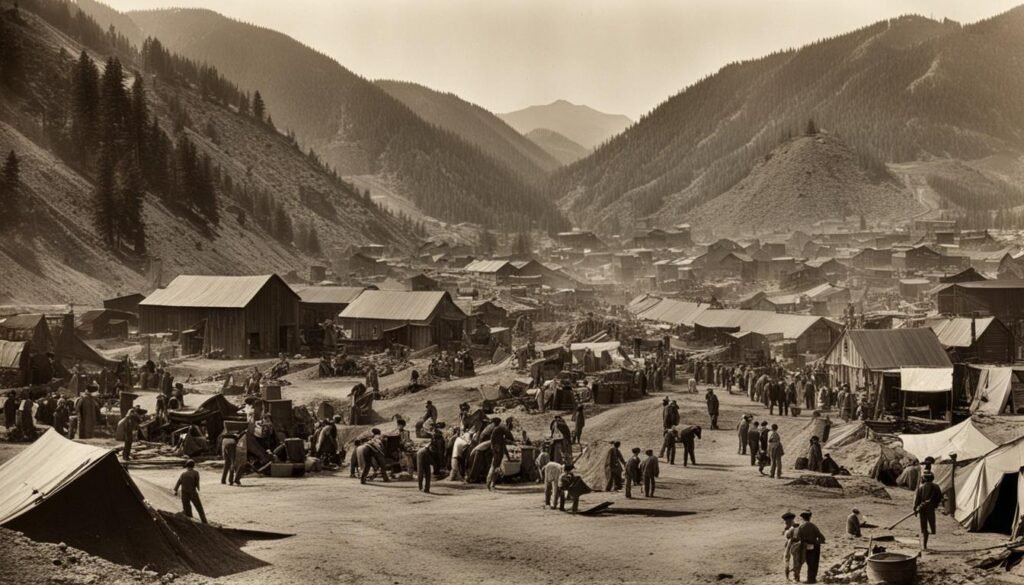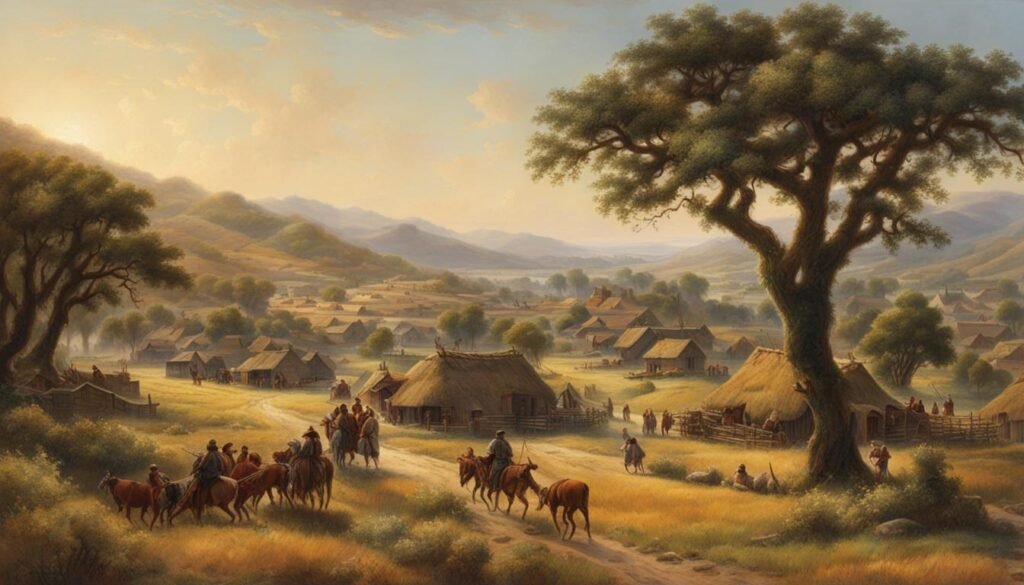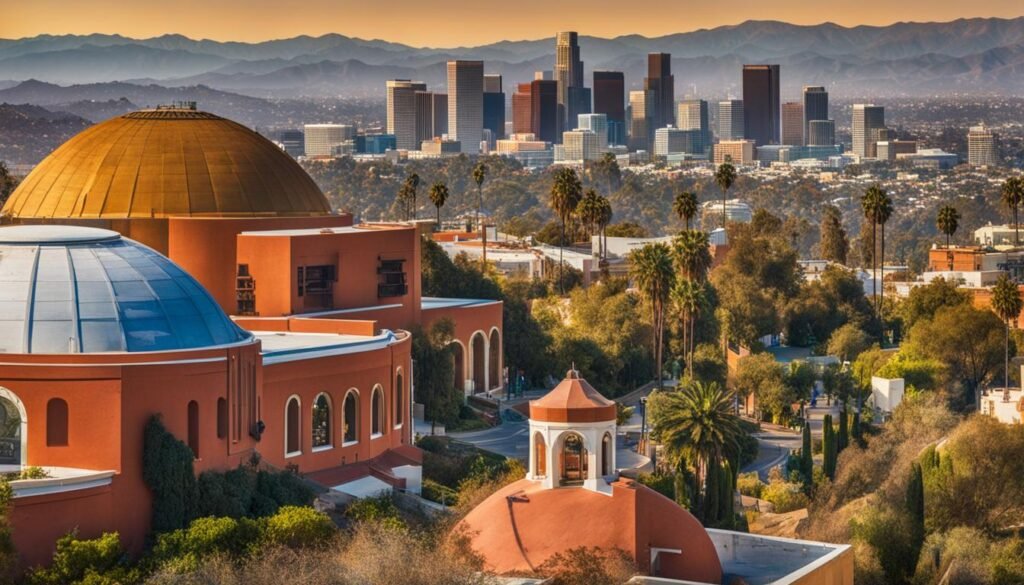California’s history is a tapestry woven with key events and influences that have shaped the state and impacted the nation. From its early beginnings to its current significance, exploring the history of California is like delving into a treasure trove of fascinating stories. Discover the diverse and captivating journey of the Golden State as we explore the influential events and remarkable milestones that make up its rich history.
Key Takeaways:
- The history of California is filled with significant events that have shaped the state and influenced the nation.
- From the Gold Rush to the development of industries and transportation, California’s history is diverse and impactful.
- Understanding California’s history helps us appreciate its cultural heritage and contributions to American history.
- Exploring museums and reading books on California’s history can provide a deeper understanding of its past.
- California’s history is a fascinating tale of triumph, challenge, and the resilience of its people.
The Gold Rush of 1849
The California Gold Rush of 1849 stands as one of the defining moments in California’s rich history. It all began with the momentous discovery of gold at Sutter’s Mill by James Wilson Marshall in January 1848. News of the discovery spread like wildfire, enticing prospectors from all corners of the globe to flock to California in search of their fortunes.
The population of California experienced an unprecedented surge as people from diverse backgrounds and cultures sought to capitalize on the promise of gold. Mining towns sprouted up almost overnight, transforming the landscape and giving rise to a booming economy. It was a time of possibility and opportunity, with dreams of striking it rich taking hold.
The Gold Rush had a profound impact on California’s demographics, with the influx of fortune-seekers shaping the state’s population and contributing to its multicultural identity. Furthermore, the economic impact cannot be overstated. The Gold Rush spurred the development of numerous industries, such as agriculture and manufacturing, creating jobs and stimulating growth.
Yet, the Gold Rush was not without its challenges. The rapid influx of people and the intensive mining operations took a toll on the environment. Deforestation and soil pollution became pressing issues, and Native American populations were displaced. However, it is important to recognize that the Gold Rush was a pivotal moment that shaped California’s history and set the stage for its future development.
Impact on California’s Development
The Gold Rush had a profound impact on the development of California. The discovery of gold in 1848 triggered a massive migration to the region, leading to the rapid settlement of California. People from all walks of life flocked to the state in search of gold, creating a diverse and dynamic population that shaped California’s culture and demographics.
The influx of people also played a pivotal role in the development of major cities like San Francisco. What was once a modest settlement quickly transformed into a bustling metropolis, with an array of businesses catering to the needs of prospectors and fortune seekers. The growth of San Francisco and other urban centers contributed to the overall economic prosperity of the state.
The historical impact of the Gold Rush can still be witnessed today in California’s museums, landmarks, and preserved historical sites. The California History Museum, for instance, showcases artifacts and exhibits that delve into the fascinating history of the state, providing insights into the settlement, growth, and cultural evolution brought about by the Gold Rush. Visitors can immerse themselves in the compelling stories and vivid accounts that shed light on this significant chapter in California’s history.
From the iconic landmarks like the Golden Gate Bridge and Hollywood’s Walk of Fame to the historic missions scattered throughout the state, California is brimming with reminders of its rich past. The preserved historical sites offer a glimpse into the struggles and triumphs experienced by those who sought fortune during the Gold Rush era.
Famous Landmarks in California:
- The Golden Gate Bridge
- Hollywood’s Walk of Fame
- The California State Capitol Building
- The San Diego Mission
- The Alcatraz Island
The settlement of California during the Gold Rush and the subsequent development of the state have left an indelible mark on its history. To truly understand the diverse legacy and enduring influence of this fascinating era, one must explore California’s museums, visit its famous landmarks, and delve into the significant events that shaped the state we know today.
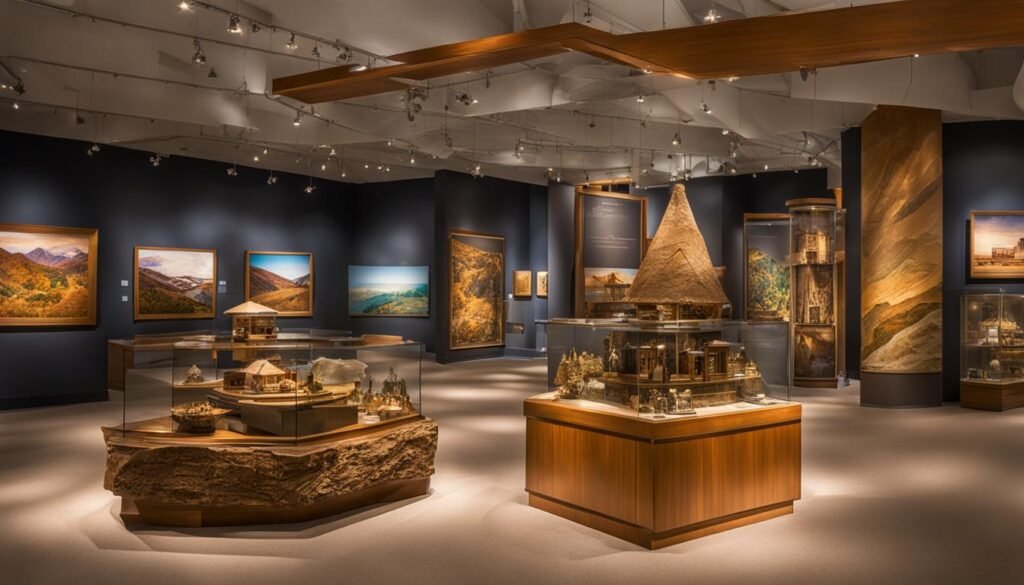

Environmental and Economic Consequences
The Gold Rush of 1849 had a profound impact on California, both in terms of its economy and the environment. This pivotal event brought about both positive and negative consequences that continue to shape the state’s history and its present-day realities.
Economic Prosperity and Development
One of the significant positive outcomes of the Gold Rush was the economic prosperity it brought to California. The discovery of gold stimulated the state’s economy and attracted thousands of individuals, known as “forty-niners,” from various parts of the world. The rapid influx of people seeking fortune led to the growth of towns and cities, the establishment of businesses, and the development of industries like manufacturing and agriculture.
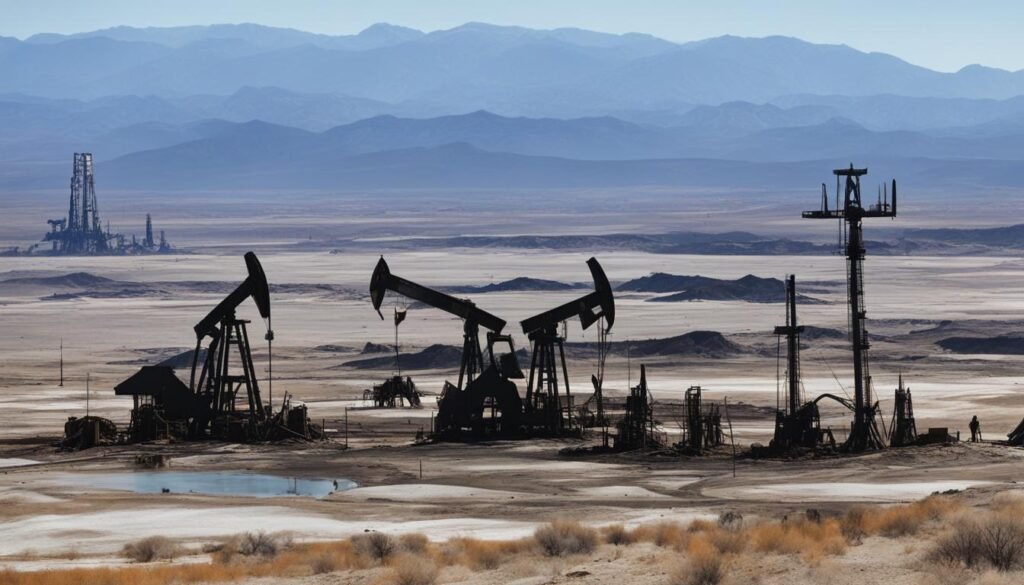

The surge in mining activities not only created job opportunities but also drove the expansion of transportation networks. Infrastructure projects such as the construction of roads, bridges, and railroads were undertaken to support the movement of goods and resources. The increased trade and commerce further fueled the economic growth of California, establishing it as a major player in the national and global economy.
Negative Environmental Impacts
While the Gold Rush brought economic prosperity, it also had significant negative consequences for California’s environment. The intense mining activities resulted in widespread deforestation as trees were cleared to make way for mining operations and the construction of settlements.
Additionally, the extensive use of hydraulic mining techniques led to soil pollution and erosion. The use of high-pressure water jets caused massive destruction to the landscape, washing away valuable topsoil and polluting rivers and streams with sediment and toxic substances like mercury.
The environmental impact of the Gold Rush extended beyond land. The surge in population and mining activities disrupted the delicate balance of ecosystems and contributed to the decline of native plant and animal species. Moreover, the displacement of Native American populations due to the influx of settlers further disrupted the ecological harmony that existed prior to the Gold Rush.
Continued Impact
Despite the passage of time, the consequences of the Gold Rush continue to be felt in California. The state’s history is intricately intertwined with the economic and environmental transformations brought about by the pursuit of gold. Today, California’s landscapes bear the scars of the rush for riches, and efforts are being made to restore and preserve the natural environment.
Furthermore, the economic opportunities and industries that emerged during this period have shaped the state’s identity and continue to play a significant role in its economy. The impact of the Gold Rush can be seen in California’s historical sites, museums, and landmarks, which stand as reminders of the state’s rich and complex early history.
Conclusion
California’s history is a captivating journey, filled with significant events and cultural influences that have left a lasting impact on the state and the entire nation. From the transformative California Gold Rush to the development of industries and the influx of diverse populations, the history of California is rich and diverse.
Exploring the rich tapestry of California’s past allows us to gain a deep appreciation for the state’s diverse heritage. From the moment gold was discovered at Sutter’s Mill, thousands of people from all over the world flocked to California, seeking fortune and opportunity. This influx of people led to the rapid development of cities, the establishment of key industries, and the creation of a unique Californian culture.
To truly delve into California’s captivating history, one can visit the fascinating museums that showcase the state’s historical artifacts and narratives. Additionally, reading books about California’s history can provide deeper insights and a more comprehensive understanding of its significance in shaping American history as a whole.
Immerse yourself in the captivating history of California, and you’ll gain a profound appreciation for the depth and significance of its past. From the California Historical Society in San Francisco to the Natural History Museum of Los Angeles County, the echoes of its past can still be heard in every corner of the state. California’s history is a testament to the resilience, progress, and cultural diversity that make it a truly remarkable place.
FAQ
What are some key events in California’s history?
Some key events in California’s history include the discovery of gold in 1848, the California Gold Rush of 1849, California’s admission to the Union in 1850, and the development of industries like agriculture and transportation.
When was California discovered?
California was officially discovered by Europeans in 1542 when Juan Rodriguez Cabrillo, a Portuguese explorer sailing for Spain, arrived on the California coast.
What impact did the Gold Rush have on California’s development?
The Gold Rush played a crucial role in California’s development. It led to the rapid settlement of California, stimulated the economy, and fueled the growth of industries like manufacturing and agriculture. The influx of people also contributed to the development of major cities like San Francisco.
What were the environmental and economic consequences of the Gold Rush?
The Gold Rush had both positive and negative consequences for California. On one hand, it brought economic prosperity and development to the state. On the other hand, it also had negative environmental impacts such as deforestation, soil pollution, and displacement of Native American populations.
How can I learn more about California’s history?
To learn more about California’s history, you can visit California history museums, read books on California’s history, explore famous landmarks and historical sites in the state, and delve into the timeline of California’s history.


